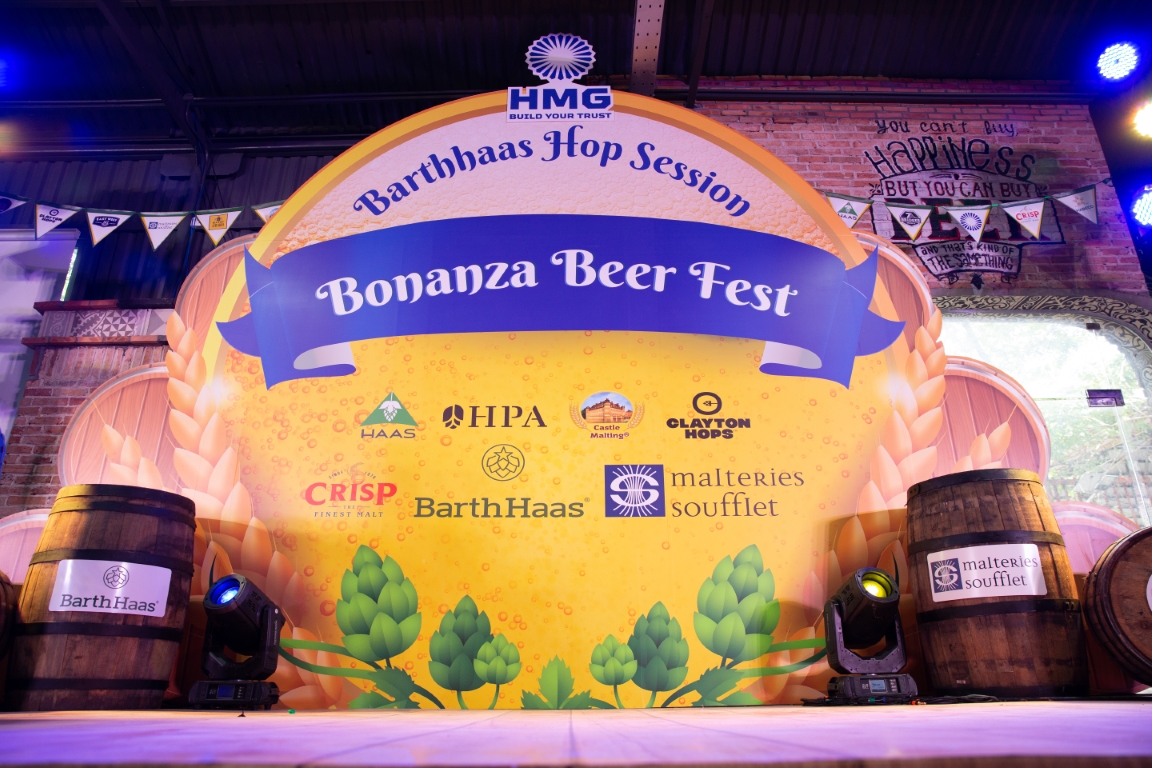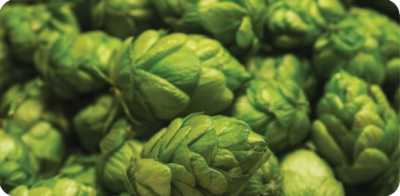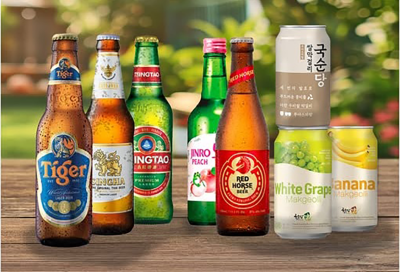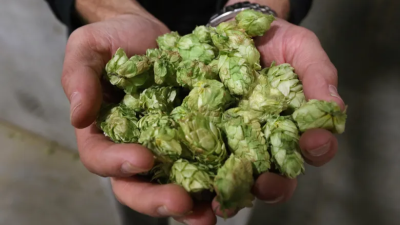Searching the world of hops and brewing to bring you the latest news and research … so you don‘t have to!
Hops for healthy nutrition?
Of course, we don’t eat hops for lunch or dinner. We consume them in beer or sometimes in tea or in a pill form. Nevertheless, the nutritional information for hops is interesting but has hardly been investigated to date. A study with the hop variety Galena came to the following conclusions: as pellets, Galena contains by weight approximately of 14.5% protein, 14.4% fiber, 8.8% ash, 28.1% nitrogen free extract, and 2.16% fatty acids – barley malt contains 10.3% protein, 7.1% fiber, 1.4% ash, 71.7% nitrogen free extract and 1.84% fatty acids. Hops also contain a range of B-vitamins including folic acid, niacin, thiamine, vitamin B12, riboflavin, pantothenic acid, and pyridoxine totaling 8.8 mg/100 g – barley malt contains a total of about 8.0 mg/100 g. Hops also contain choline, a water-soluble vitamin which is an essential nutrients and trace amounts of the fat soluble vitamins A, D, and E. Hops also contain a range of minerals including potassium, calcium, magnesium, iron, sodium, and trace amounts of manganese, zinc, copper, as well as soluble chloride, phosphorous, selenium and iodine. Finally, because so little of the overall hop gets extracted into beer, the overall caloric contribution to beer is at best minimal and can be calculated to 3.84 Kcal/kg.
This data shows there are a lot in hops we should make available to increase possibility for a healthy lifestyle. I am confident we will find the right formulations.
HSI = Age is high?
The hop storage index (HSI) is an important parameter for determining the quality of the hops. In this study, our team worked with two different hop varieties with different values of 0.300-0.600. The results show that a higher HSI value appears to have an impact on the total essential oil, hop oil components and the sensory quality of beer. In this research, the total essential oil content decreased as the HSI increased, which impacted the hop oil components. As the myrcene content decreased and oxidation products increased, the hop aroma quality and intensity decreased. The biggest change
in the sensory profile of the beers was in the bitterness intensity, bitterness quality, and perceived bitterness. This study shows similar results to previous studies that the higher the HSI value, the higher the concentration of humulinones present in dry hopped beer. It also matches studies that reported that oxidised and aged hops tend to lead to an increase in perceived bitterness. The humulinone content of hops is the main source for the significant impact on the beer bitterness due to the oxidation of alpha acids. However, it is important to note that different HSI values impact hop varieties differently. Storing hops correctly is vitally important as the data in this study suggests. Hops which have aged due to poor storage conditions show a deterioration of alpha and beta acids as expected and reported previously.
A new method to identify a hops cultivar?
Ambient Mass Spectrometry (AMS) is an analytical technology that has seen rapid growth over the past decade. Unlike conventional mass spectrometry (MS) technologies, AMS utilizes rapid ionization technologies operating under ambient conditions and involves little to no sample preparation. Direct Analysis in Real-Time Mass Spectrometry (DART-MS) is a specific type of AMS that can be utilized for the analysis of a variety of sample types with minimal to no sample preparation. These US researchers tried this method with different hop cultivars. The results demonstrate that
data generated by DART-MS can be used to train a predictive model to accurately classify hops samples based on cultivar and that these cultivar differences may be linked to quality (e.g., sensory). The data generated by DART-MS also show strong potential for classification of hops based on growing location, but more research with a larger number of hop samples is necessary to validate this capability. DART-MS instrumentation is relatively low-cost, requires few consumables (e.g., solvents), is easy to use, requires minimal to no sample preparation, and offers high-throughput with real time data acquisition. This technology could be a good option for future applications as a tool for hop breeders and growers.
BarthHaas GmbH & Co. KG

Dr. Christina Schönberger
Head of BarthHaas Campus and R&D














